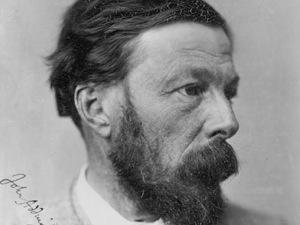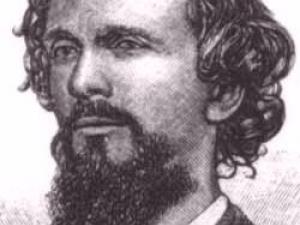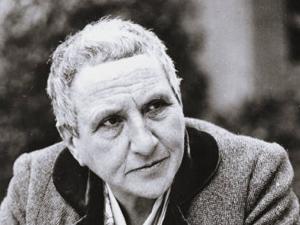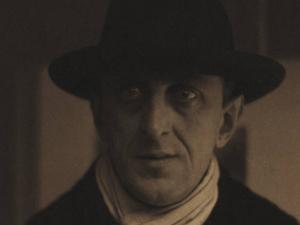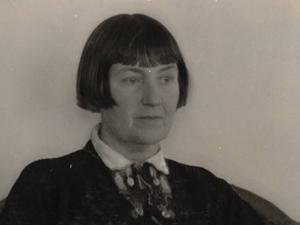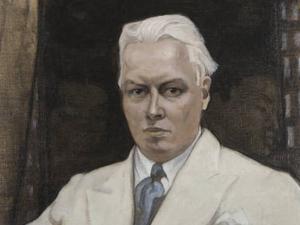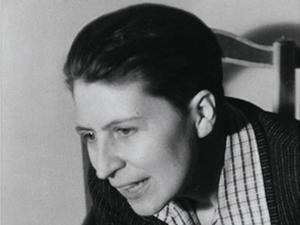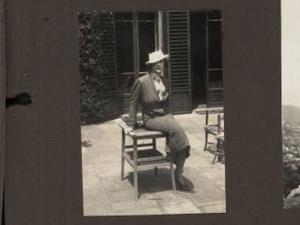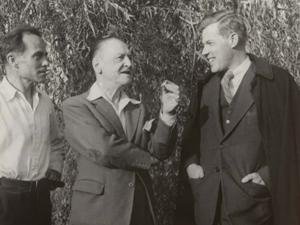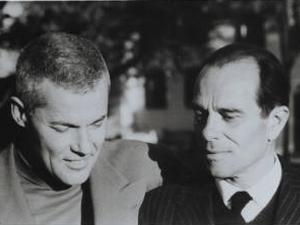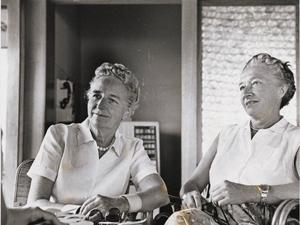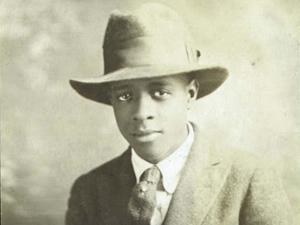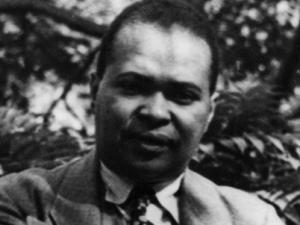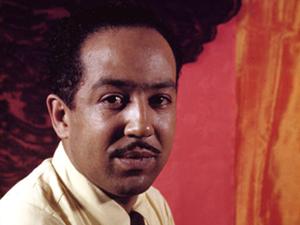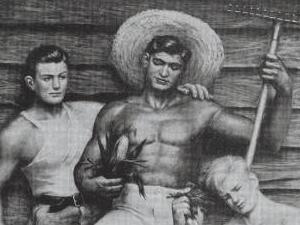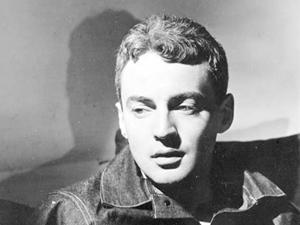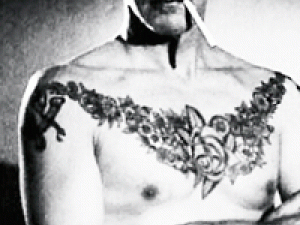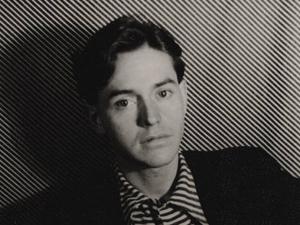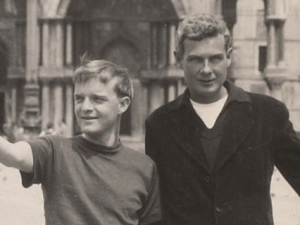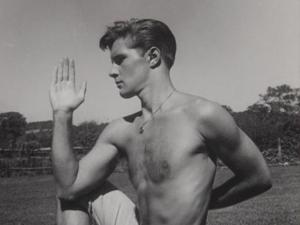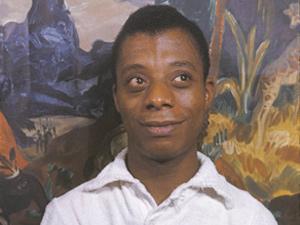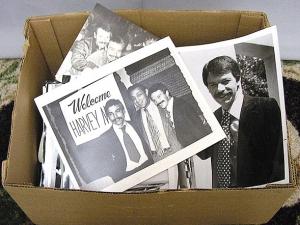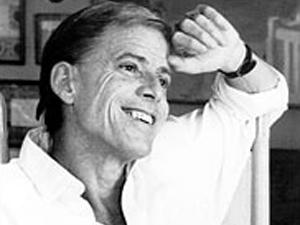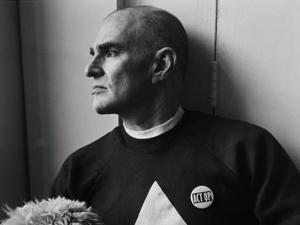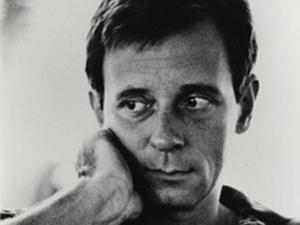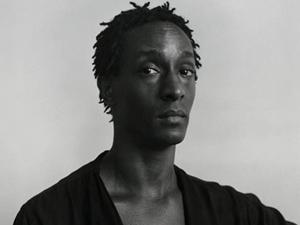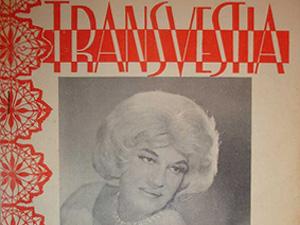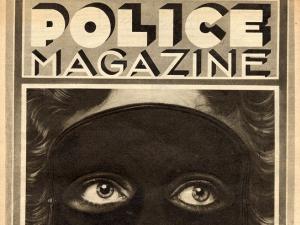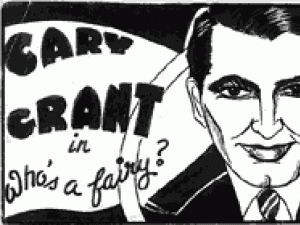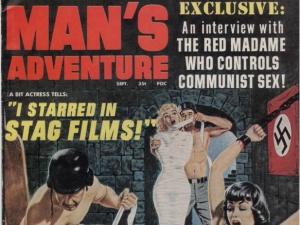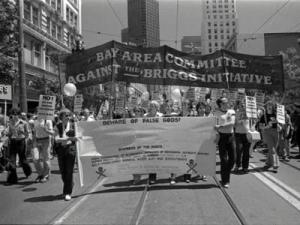The Beinecke Rare Book & Manuscript Library is Yale University’s principal repository for literary papers and for early manuscripts and rare books. Its preeminent collection provides extraordinarily rich resources for the study of sexual modernism and lesbian, gay, bisexual, and transgender life and culture in the twentieth century, especially in the United States. Highlights of the collection include the papers of major twentieth-century lesbian writers, sexual modernists, black gay and bisexual writers, and other influential lesbians and gay men in the arts, as well as scrapbooks and photographic archives that provide rich evidence for the study of queer visual iconography. The Beinecke also has one of the largest collections in the world of lesbian and gay periodicals published before the gay liberation era (the Rame Collection) as well as one of the most extensive collections of magazines, scrapbooks, and ephemera documenting transgender life and culture (the Bailey Collection, see below). The selected collections described below touch on only a few of the Beinecke’s wide-ranging resources for research in the history of sexuality.
Address: 121 Wall Street, New Haven
Website: http://www.library.yale.edu/beinecke/
Hours: http://www.library.yale.edu/beinecke/
Inquiries about these collections should be directed to Eva Guggemos or Timothy Young.
